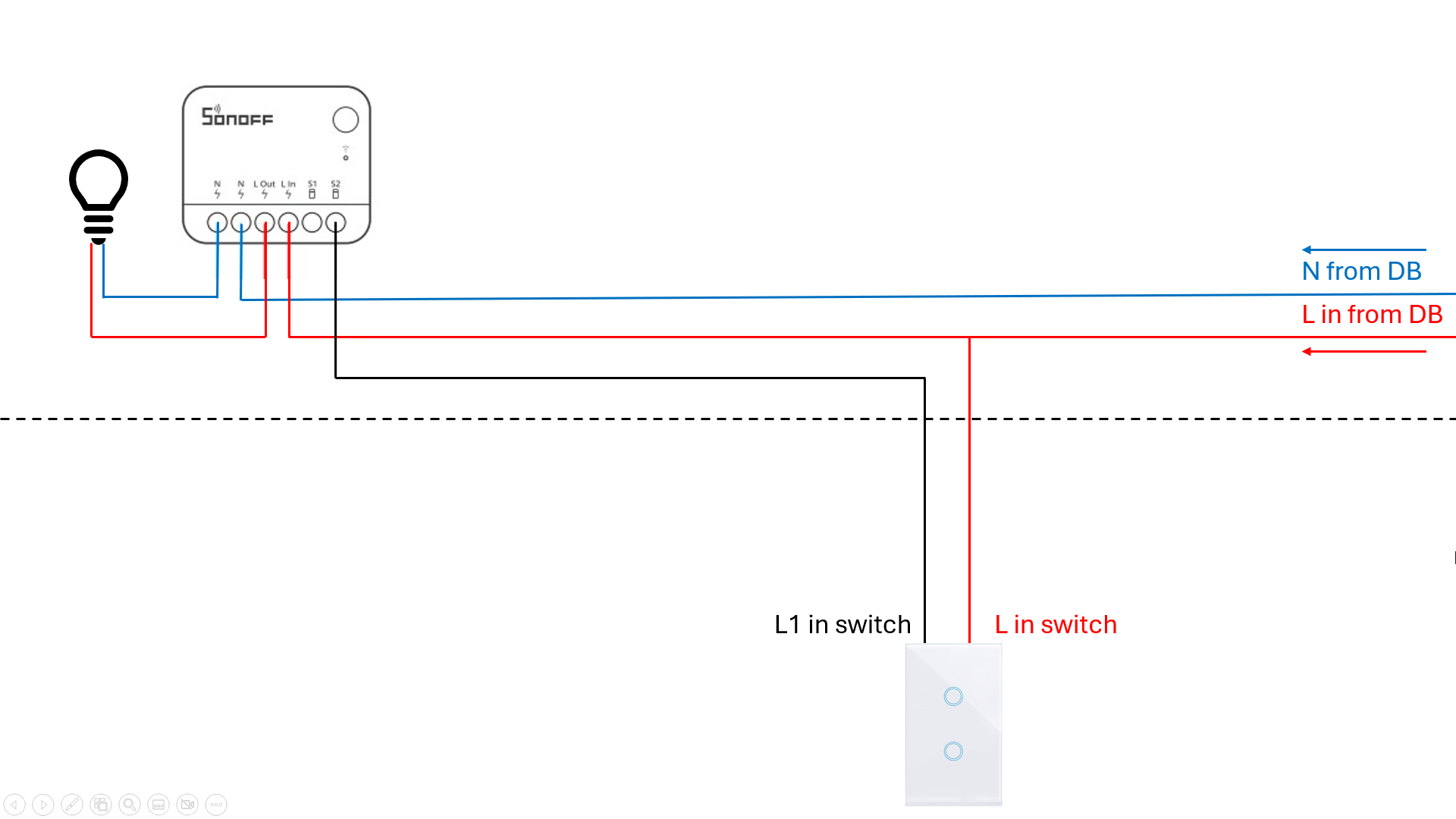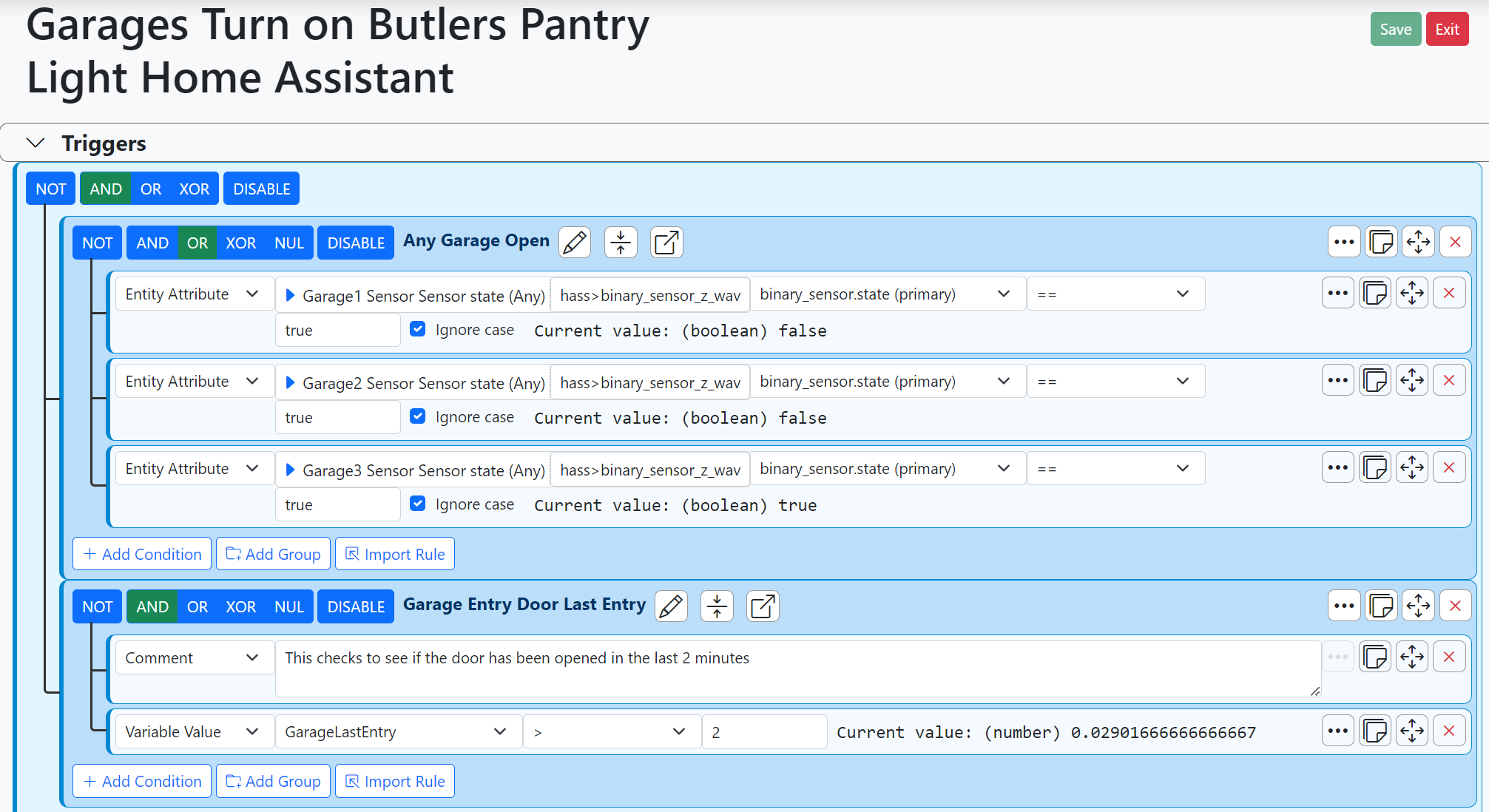New to Smart Home
-
Hey guys,
I just registered here in the forum and honestly… I’m new to the whole topic. I‘m a web developer, so I‘ve quite a bit experience with java, js, sql and so on. But that may not help a lot in this new field.
I‘m looking forward to develop my own smart home device and I‘m looking for starting point. In General the specs are like:
- The device should work with WiFi, I want to integrate it into my network
- I want to write an own app to control it, it may find the device in my network
- I want the device to be offline usable, if possible (without internet connection)
- I want the device to broadcast information in my network like „water is empty“, so I can use push messaging in the App
- it should be ready to as well work with Alexa or Apple Home Kit or Google Assistant as I Plan to develop a skill for them.
Can someone provide me with some information I could start with? Like - are there microcontrollers I could go with or is it to complex and I need a raspy? Which frameworks / languages / libs could I use? I know how to do the things on the app side but not on the device side.
-
Welcome!
All of this is doable with many solutions, in terms of software you have several open source solutions, I currently use openLuup together with Multi System Reactor, and it works well. Home Assistant is a much appraised solution, and is also useable with MSR. This is just two examples which has multiple users on this forum.
In terms of Hardware, I would recommend going for a NUC instead of a Raspberry from my experience, but any hardware platform capable of running Linux (or even Windows for many of the SW solutions) can do the job. I like the power/compact size ratio of the NUC's, and the power consumtion when they dont do much is good (and running house rules is not that much work!).
Many also run their home automation from their Synology NAS disk using Docker solutions.What kind of sensors/actuators are you planning on using? This may drive the Software selection in some cases. Z-Wave, Zigbee, Wifi or LAN hardwired can all be used, but some applications are better on some than others..
-
I'll definitely start with Home Assistant (or OpenHab, if you want to keep Java) and EspHome/Tasmota, in your case.Don't start from scratch.
Tasmota and EspHome are two firmware quite popular in the market, and you'd flash them on microcontrollers and access sensors. Look at both before choosing. I prefer Tasmota, but only because that's what I know better.
After you'll be set, you'd always add anything you want to the mix. I'm a C# dev and part of my logic runs inside a custom made applications, that's glueing different systems together. Take a look at Multi System Reactor as well, since you'll soon discover that Home Assistant lacks in terms of a powerful automation engine. Good luck!


